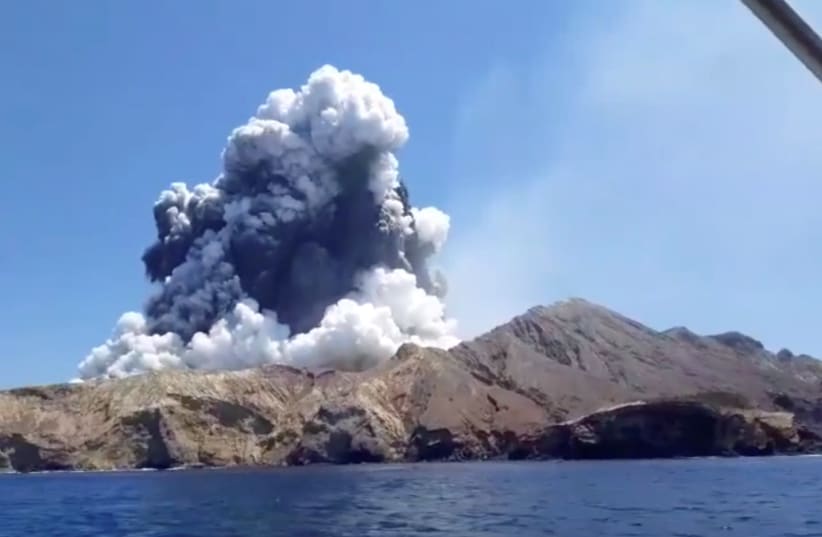"They were in a fairly serious condition," said James Tayler to Television New Zealand (TVNZ) network, who flew some victims from Whakatane, the coastal town nearest the eruption site, to hospitals in the cities of Auckland and Hamilton.
"They were pretty poorly ... but covered in ash, looking quite badly burned," said Tayler, adding that the ash had obscured the details of injuries.
Tayler works with the Auckland Westpac Rescue Helicopter emergency service, which joined the rescue effort. Whakatane, on the east coast of North Island, is the main base for tours to White Island, about 50 km (30 miles) away.
"Tired," Tayler said, when asked how he felt after the rescue effort. "And pleased we were able to do something to help. And sad for people who have been injured and lost."
A paramedic with the same service who landed on White Island described having been unable to find survivors.
"The biggest hazard was the significant amount of dust still swirling in the air," said Tayler, adding that the helicopters had stayed ready to leave immediately.
"The main concern would've been for any follow-up eruptions."
The eight people still unaccounted for after Monday's eruption off the coast of North Island are probably dead, police said.Tourists from Australia, Britain, China, Malaysia and the United States, as well as New Zealanders were among those missing and injured, Prime Minister Jacinda Ardern has said.
